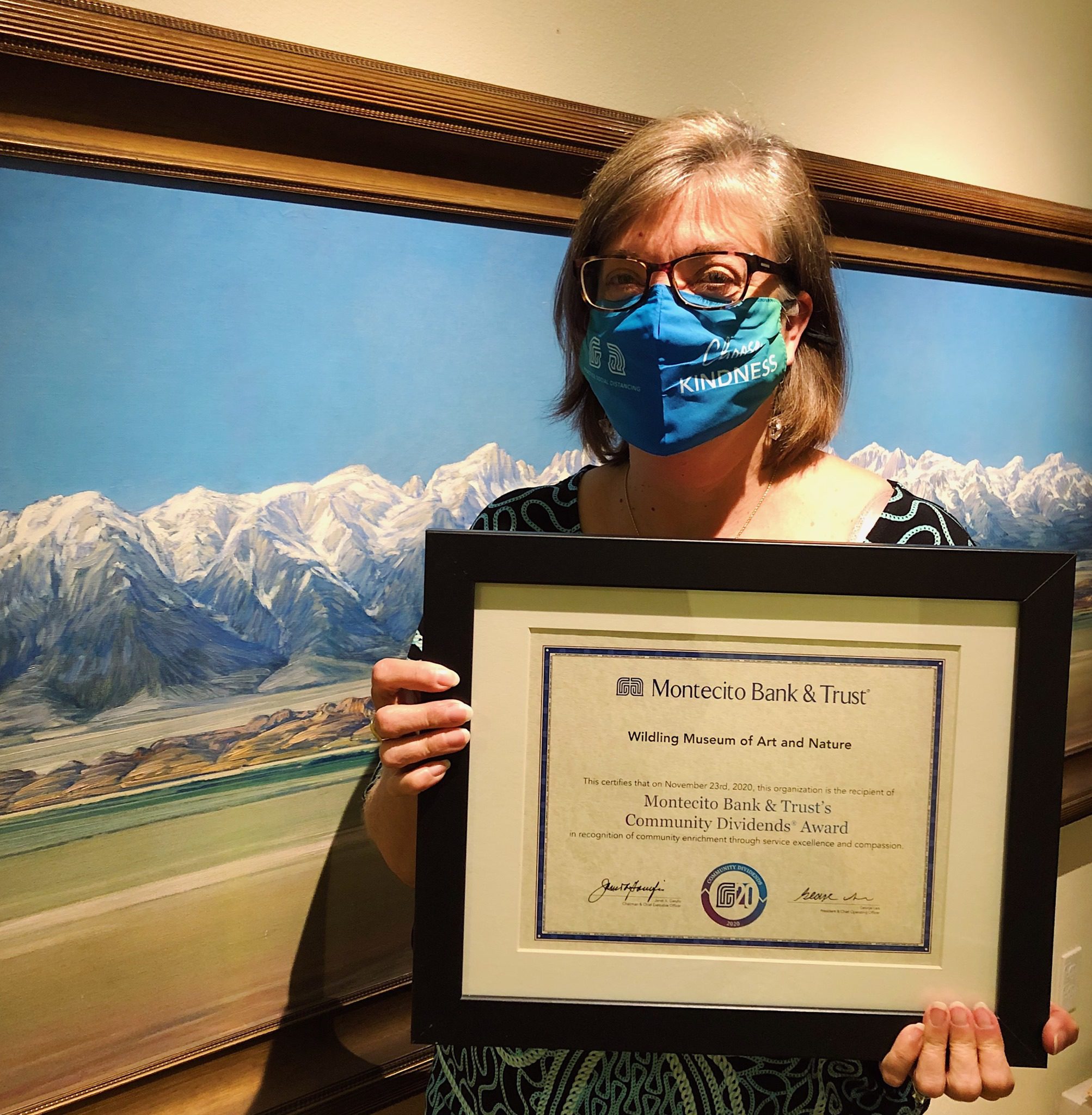By Economic Development Collaborative Staff
The California Labor Market Information Division released its August 2020 report Sept. 18, displaying that our unemployment rate improved considerably, from 11.4 percent in July to 9.1 percent in August. That’s at least a bit counter to circumstance we were worried about, that there may have been a slowdown in our improvement in the unemployment rate in late July and going into August with state and local policies for slowing down business re-opening to manage the pandemic. There’s a lot to unpack in the monthly report’s detail, so please read on, though the summary data can be found at www.labormarketinfo.edd.ca.gov.
Labor Force Participation: What’s most interesting about the August data is that the unemployment rate doesn’t appear to be much of a meaningful indicator on what’s happening locally in our labor market. More important is to note that the unemployment rate dropped owing to a combination of two factors: one, the good news, we had 10,100 fewer unemployed workers in August, and two, the bad news, we had 6,200 workers drop out of the labor force for lack of opportunity. In other words, about a third of our improvement in the unemployment rate had nothing to do with workers filling jobs, rather it’s attributable to workers dropping out, no longer even looking for work. Ventura County’s total labor force—that is, the total of all employed and officially unemployed—is at 406,500, the lowest it’s been in 17 years, since August 2003, then at 405,300.
Unemployment and Under-Employment: While reducing the ranks of the unemployed from 47,000 in July to 36,900 in August represents real gain, we also recognize that one year ago that number was 16,200 and our labor force—even then disconcertingly low—included an additional 13,200 workers. And as noted last month, we estimate there’s as many as an additional 50,000 “involuntary part-time” workers whose incomes are significantly reduced (with retail, hospitality and other services only partially open). This loss of income is not represented in the labor force or other immediately available data as they’re at least still partially employed.
And further as noted in prior months, what’s particularly concerning is that these unemployed and under-employed workers are disproportionately concentrated in low income families and jobs and minority communities, with unemployment insurance now far from a complete income replacement.
Industry Employment: Looking at employer-reported data, the data is more than a bit confounding, as it shows a gain of only 2,600 jobs, net of a loss of 1,100 jobs in farm and a gain of 3,700 jobs in the non-farm sectors. Some highlights include:
- Construction, continuing as one of our strongest sectors, gained 300 jobs and is down only 200 year-over-year.
- Manufacturing dropped 100 jobs, down 1,600 year-over-year.
- Retail trade gained 300 jobs, but still down 5,600 year-over-year.
- Private education and health services reversed most of last month’s gains, dropping 700 jobs in August and down 1,600 jobs year-over-year.
- Professional and business services continued its relatively strong performance, adding 800 jobs, though is still down 600 jobs year-over-year.
- Leisure and hospitality continues to struggle at the center of the pandemic’s impacts, losing another 300 jobs in August and our most impacted sector, down 7,800 jobs year-over-year.
- Other services had no change in August, still at 7,700 jobs and down 2,000 year-over-year. These are the personal services and other jobs that involve close customer interactions.
- Local government education is making a partial come back, up 2,300 jobs but still down 2,800 year-over-year as schools are only partially re-opening.
Unemployment Rate in the Statewide Context: Looking at statewide standing, Ventura County dropped one slot in August, now at 29th among California’s 58 counties.
- Ventura County’s 9.1 percent places us ahead of California’s unadjusted rate of 11.6 percent though still behind the national unadjusted rate of 8.5. percent.
- Looking regionally, Santa Barbara County remained in 14th, now at 8 percent, San Luis Obispo County remained at 13th at 7.8 percent, Los Angeles County remained 57th at 16.6 percent, and Kern County 55th at 13.1 percent.
- As noted last month, among the harder hit, at least by unemployment rate, are Orange and San Diego counties, prior to the pandemic just about always among or close to the top ten but now remaining tied for 37th at 9.9 percent.
- And also like the last couple of months, only three Bay Area counties are in the top ten, compared to the usual seven counties, with Marin at fourth at 7.0%, and San Mateo and Santa Clara tied for sixth at 7.5 percent.
- Rounding out the top 10 are mostly small rural counties, escaping the worst of the pandemic: Lassen first at 6.7 percent; Trinity and Modoc tied for second at 6.8 percent; Inyo, Calaveras and Yolo joining the two Bay Area counties tied for sixth at 7.5 percent; Sierra and Placer tied for 10th at 7.7 percent.
Unemployment rates by county are variously displayed in the state’s mapping tool, also found at www.labormarketinfo.edd.ca.gov.
Economic Condition, Path to Recovery: In summary, our local economy’s competitiveness — to the degree we have it — is still dramatically constrained by high unemployment, under-employment and worker drop-out. What strength we do have is largely attributable to the enormous infusions of federal and state aid. The federal Paycheck Protection Plan loan/grant program put more than $1 billion dollars into more than 12,000 Ventura County firms. The SBA Economic Injury Disaster Loans put another $500 million into businesses and unemployment insurance paid out more than $1 billion to our residents. Add to that the federal CARES Act checks of up to $1,200 to individuals, new public investment into the County just since April totals some $3 billion. Those infusions are likely nearly spent out and have dramatically slowed. The point being, there’s still a long ways to go before we see economic recovery and we may well see some further declines on the path to recovery.
Questions, comments, please let us know (edcollaborative.com).





